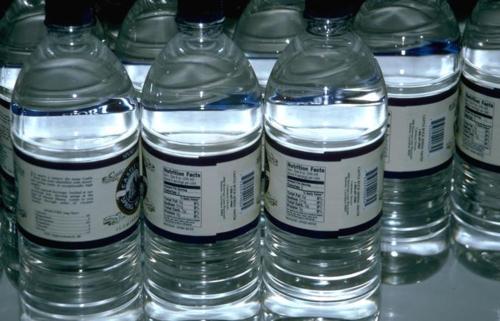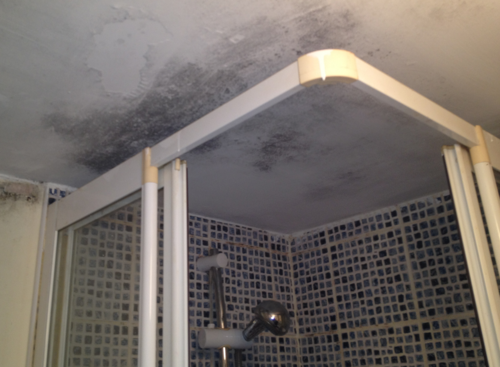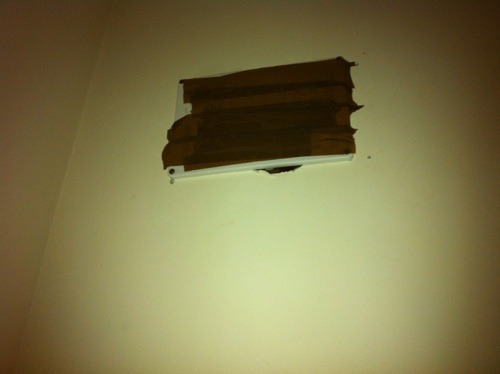
Having recently read Mashables Top 10 Scams of the year I noticed that the “Check Cashing Scam” was up with the best of them. For any letting agent or in some cases landlords advertising a property to rent you have more than likely received a request to partake in this scam unknowingly.
The check cashing scam is normally done through email. It normally would start by receiving a detailed email from a person claiming not to be in the country at the moment and that they would like to take your property. Sounds great right? Wrong..
Normally the person has not the ability to make or take a call because of coverage in the area or work commitments. Instead they would like to send you on a cheque or bank draft to cover the rent & deposit as this property is definitely for them…. and they know this by the couple of photo’s!!
The scam kicks in when they ask you to forward on the surplus of monies from the cheque / draft as this was company expenses and it could only be made out in one cheque. What ever story will be given it normally goes hand in hand with the lengthy previous emails to sound very genuine. Stop trying to convince yourself that this person is genuine..
Where people have gotten caught out in the past is forwarding the surplus of funds via Western Union and in some cases bank wire. By the time the bank informs you the cheque / draft has not cleared the tenant is long gone and no longer contactable with your money. Samples of such letters can be found here http://www.daft.ie/safety-online
Normally if its too good to be true well then it probably is. Tenants want to view a property or have someone view it on their behalf prior to putting any monies down especially if they are committing to a medium term lease.
If you are contacted by somebody requesting such a transaction my advice would be to ignore the email.
Another blog post which you might be interested in is-
by Andreas Riha




